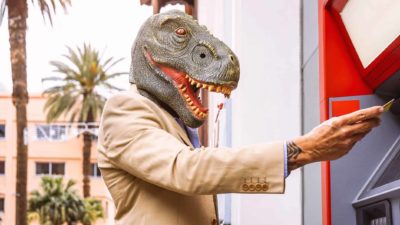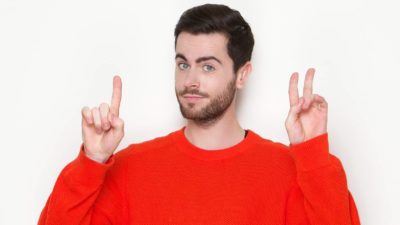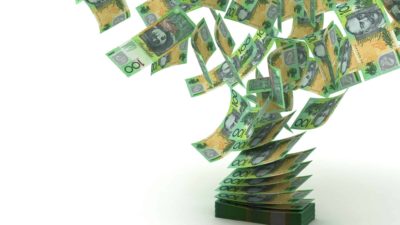Not everyone out there wants the stress and hassle of investing in individual companies -and that's ok (although not relatable for this writer). Never fear though, exchange-traded funds (or ETFs) provide a ridiculously easy way to invest hassle and stress free. The greatest investor of all time – Warren Buffett himself – has said that investing in an S&P 500 index fund like iShares S&P 500 ETF (ASX: IVV) is the best way to invest if you don't like investing.
With an ETF (or ETFs), you don't have to worry about your investments, because you invest in everything (to a point). Here's how I would build a diversified, low-cost and passive $100,000 ETF portfolio.
Vanguard Australian Shares Index ETF (ASX: VAS) – $30,000
With VAS, you are getting exposure to the top 300 public companies in Australia in one ETF– the big names like Commonwealth Bank of Australia (ASX: CBA), Telstra Corporation Ltd (ASX: TLS) and Woolworths Group Ltd (ASX: WOW) are all there, plus others like Afterpay Touch Group Ltd (ASX: APT). VAS pays a healthy distribution of 4.15%. This yield, along with some home-grown patriotic bias leads me to give VAS a 30% weighting in our portfolio.
Vanguard MSCI Australian Small Companies Index ETF (ASX: VSO) – $10,000
Similar to VAS, VSO invests in 167 additional Aussie companies that aren't big enough to make the cut for VAS. Small-cap shares are normally more volatile than their bigger siblings, but often have better growth rates and thus better potential gains for our portfolio. Because of the volatility, we are assigning a smaller percentage in our portfolio, but the potential gains of small-caps mean we still want a slice of the action.
iShares Global 100 ETF (ASX: IOO) – $25,000
This ETF tracks the 100 largest companies in the world (simple as that). Only 2% of the shares in the world come from Australia, and it's a good idea to diversify beyond our shores. Plus, with big names like Microsoft, Apple, Amazon, Coca-Cola and Nestle, we can really add some star power (and you can brag to your friends that you (kind of) own Amazon shares). IOO gets a hefty 25% chunk of our portfolio – as it should.
Vanguard Australian Property Securities Index ETF (ASX: VAP) – $20,000
VAP is an interesting one – it holds companies known as REITs (or Real Estate Investment Trusts). REITs basically are companies that own real estate and lease it to tenants. Many of the REITs in VAP own industrial land and rent it out to other big companies. Others own shopping centres or business parks. What you get from all of them is a steady stream of rental income through distributions. VAP currently pays out a yield of 4.4%, which is a nice stream of income.
Vanguard Australian Fixed Interest Index ETF (ASX: VAF) – $10,000
This ETF holds bonds and other fixed-interest investments. Although these are not as exciting as shares, bonds can give your portfolio some healthy diversification away from the stock market, and also provide a hedge against a stock market crash (bonds tend to outperform shares during crashes). VAF also pays an interest income stream of 3.47%.
ETFS Physical Gold ETF (ASX: GOLD) – $5,000
While not every investor wants to have precious metals in their portfolio, I still think gold can be a useful way of protecting against inflation, global uncertainty and down markets. Gold tends to rise when other assets fall, and this gives it a useful role in a portfolio (in my opinion). If you'd rather not bother with the yellow metal, just put this 5% in with VAF.
Foolish Takeaway
With this portfolio, you can achieve a very balanced investment portfolio without too much hassle. If you just add funds whenever you can and 'rebalance' (buy and sell so the original percentages stay the same) every year or so, you will likely do very well over the long-run.







